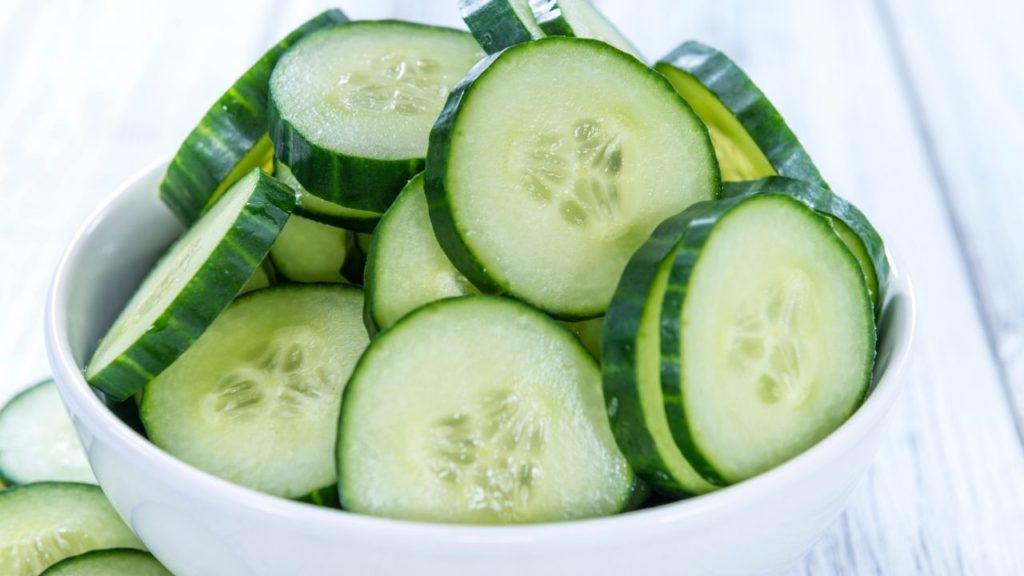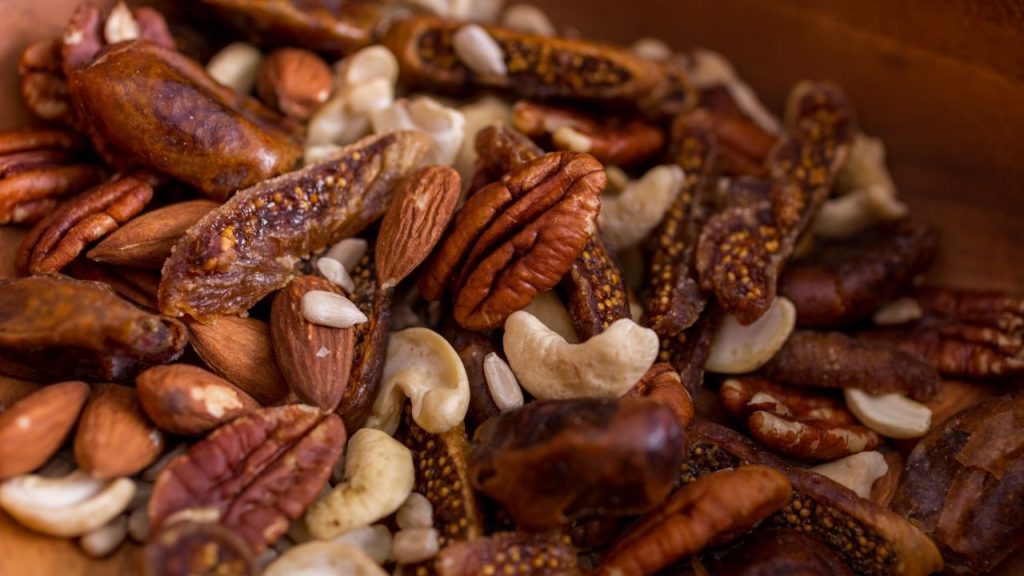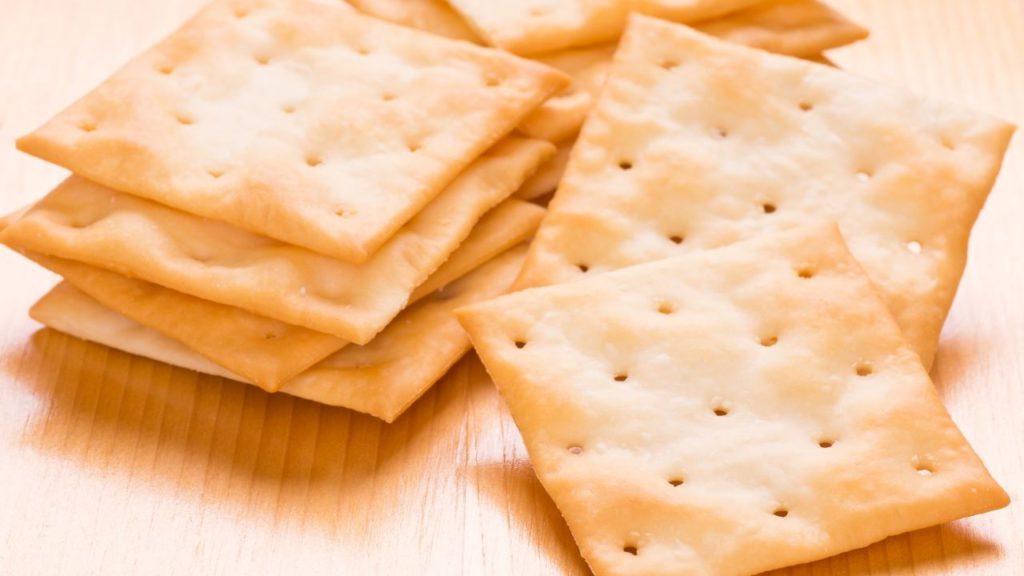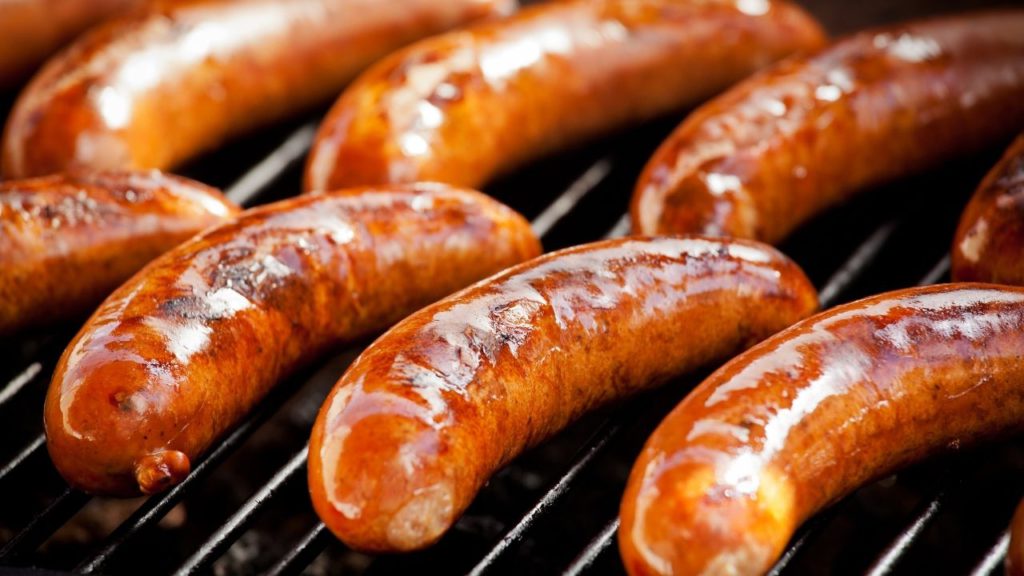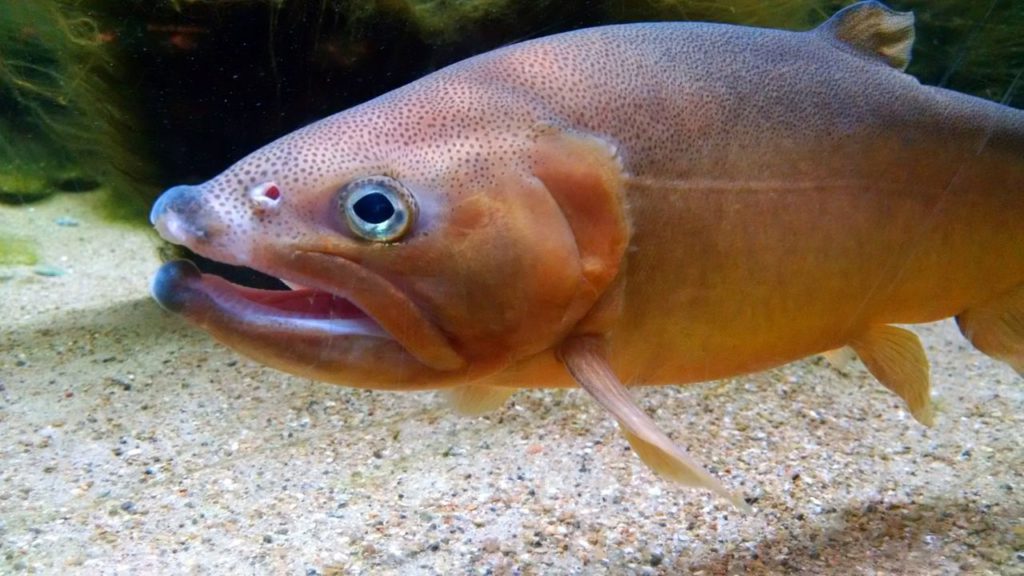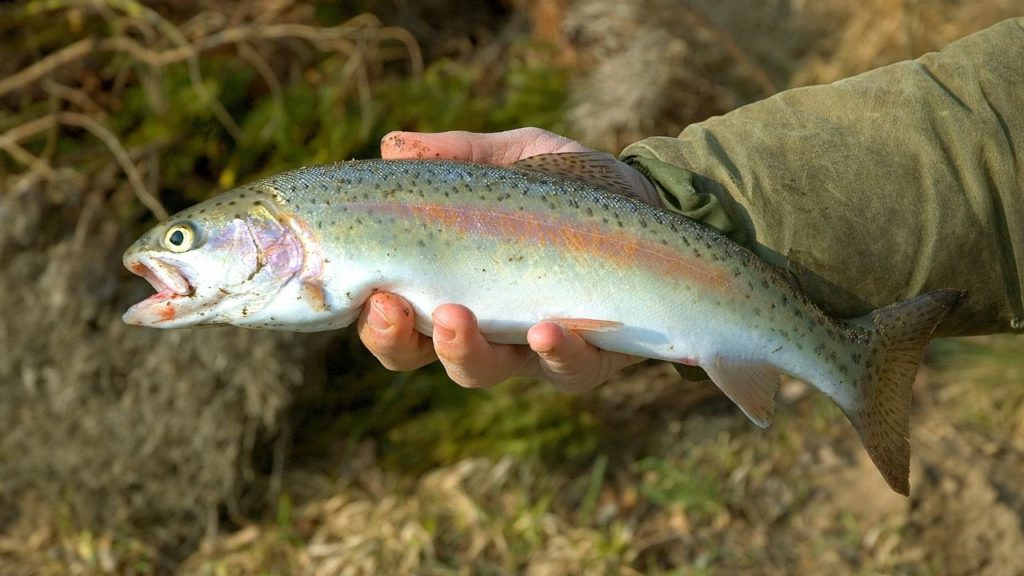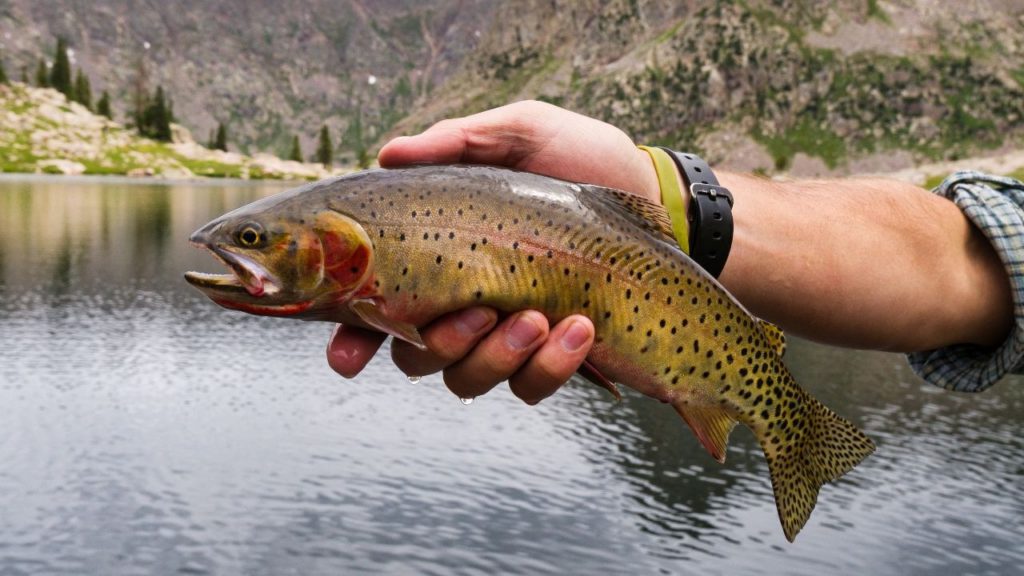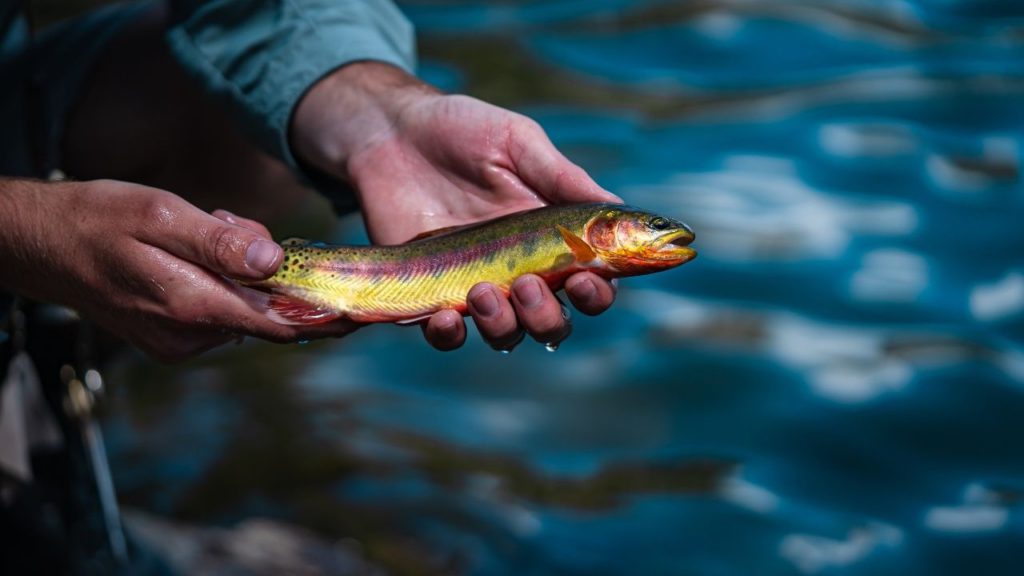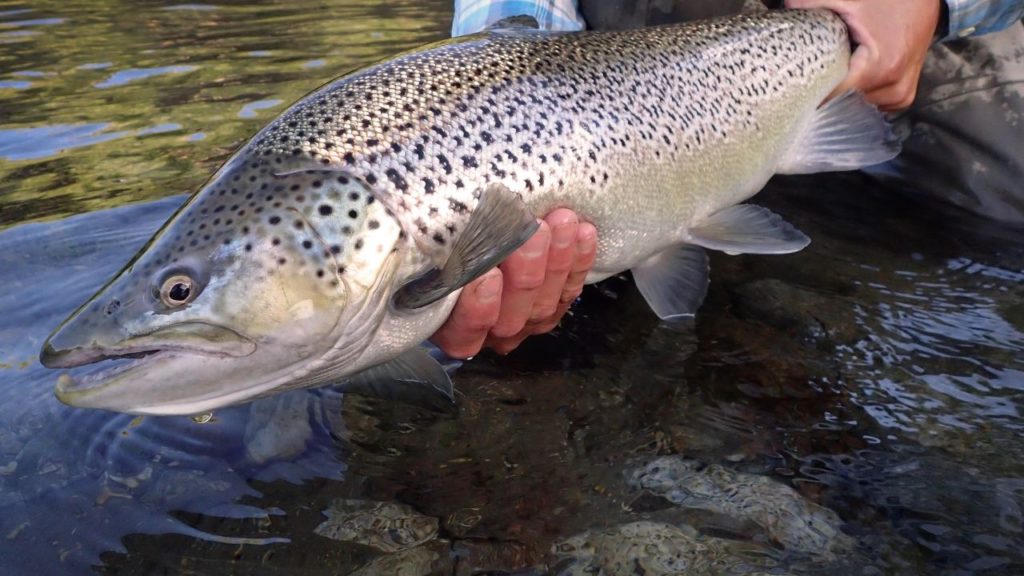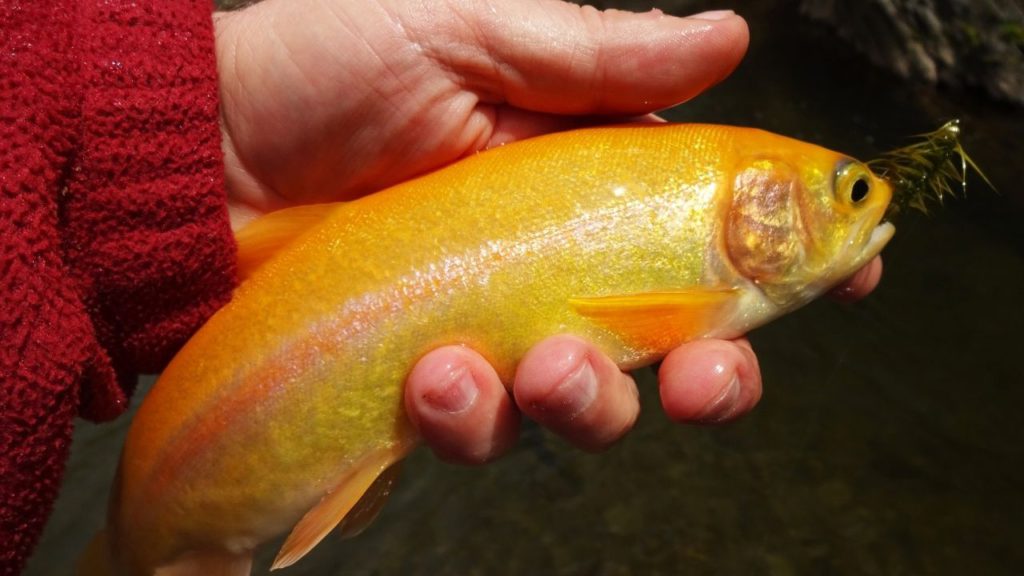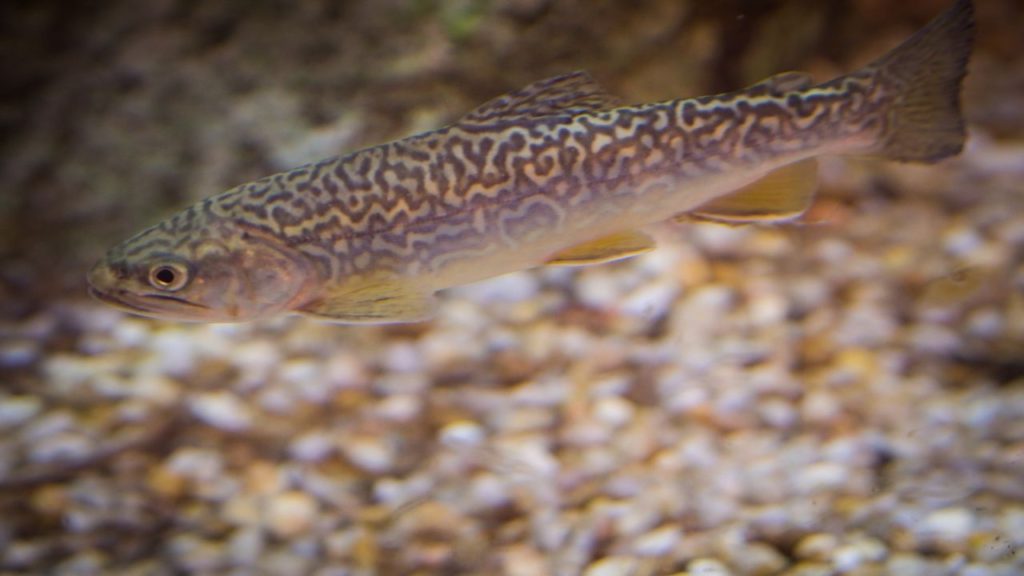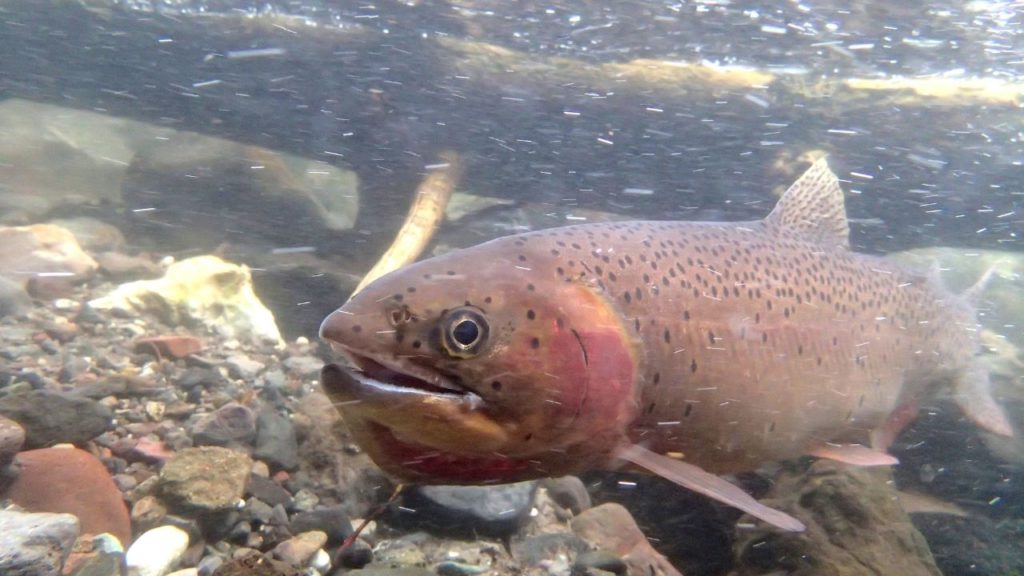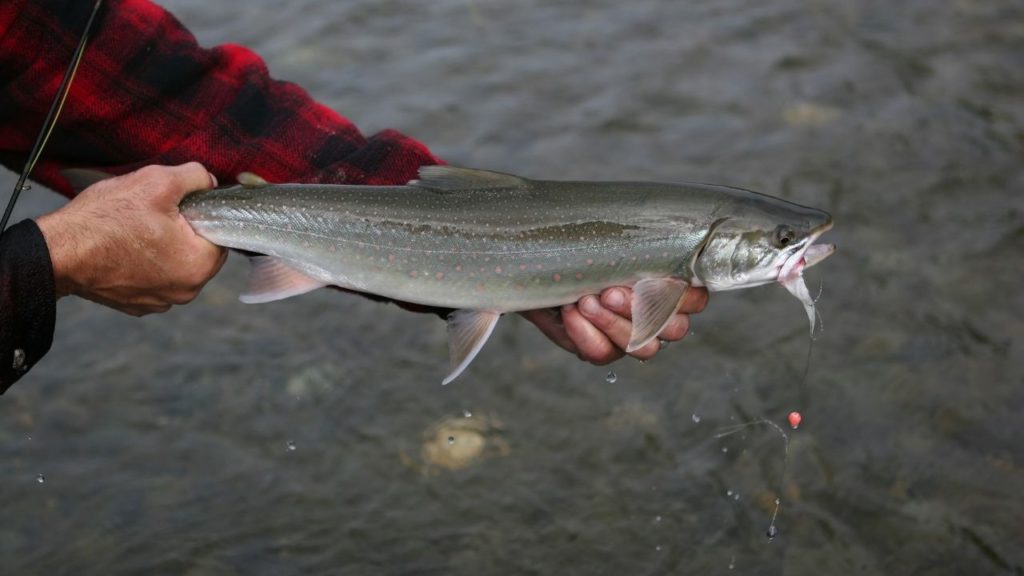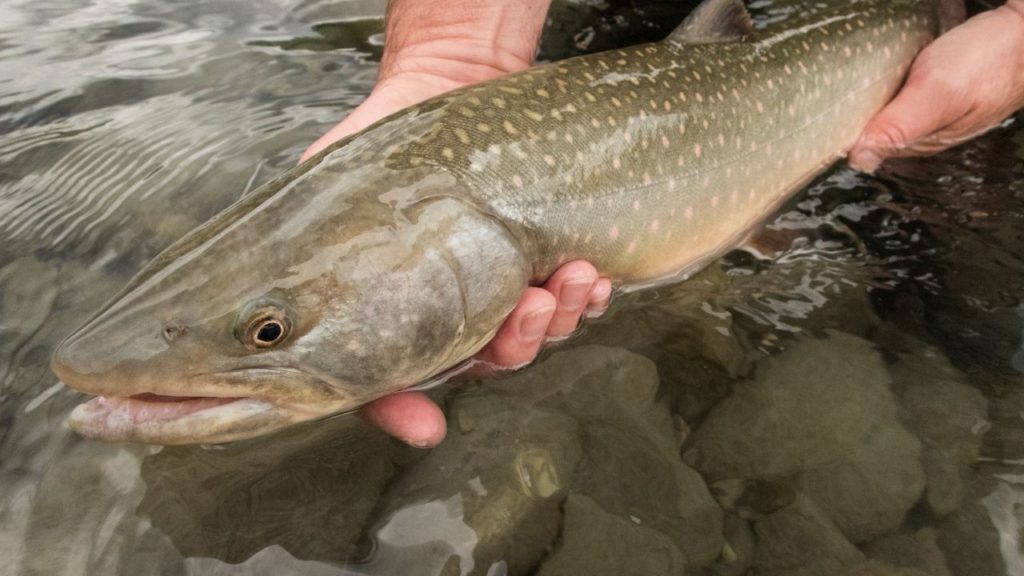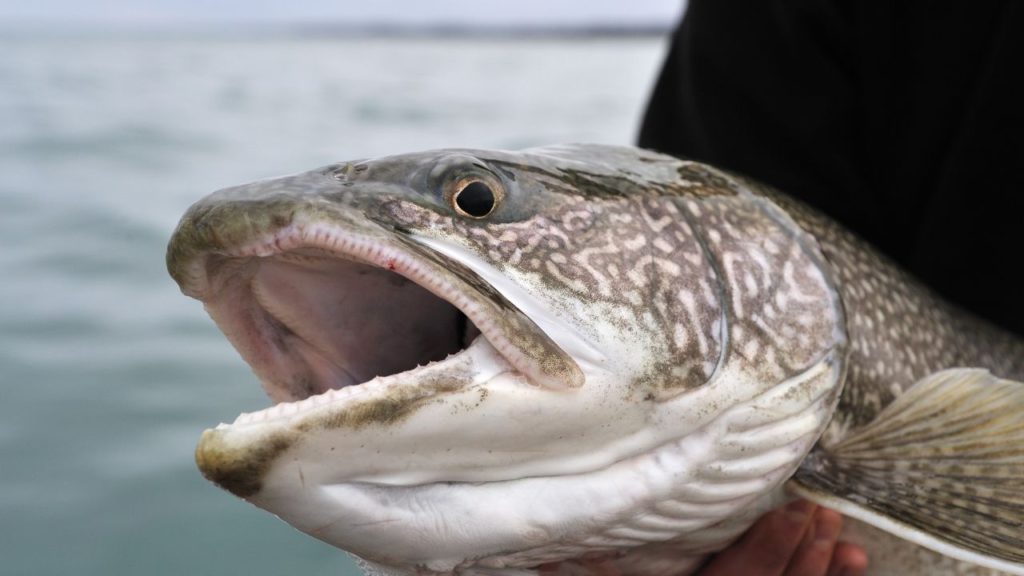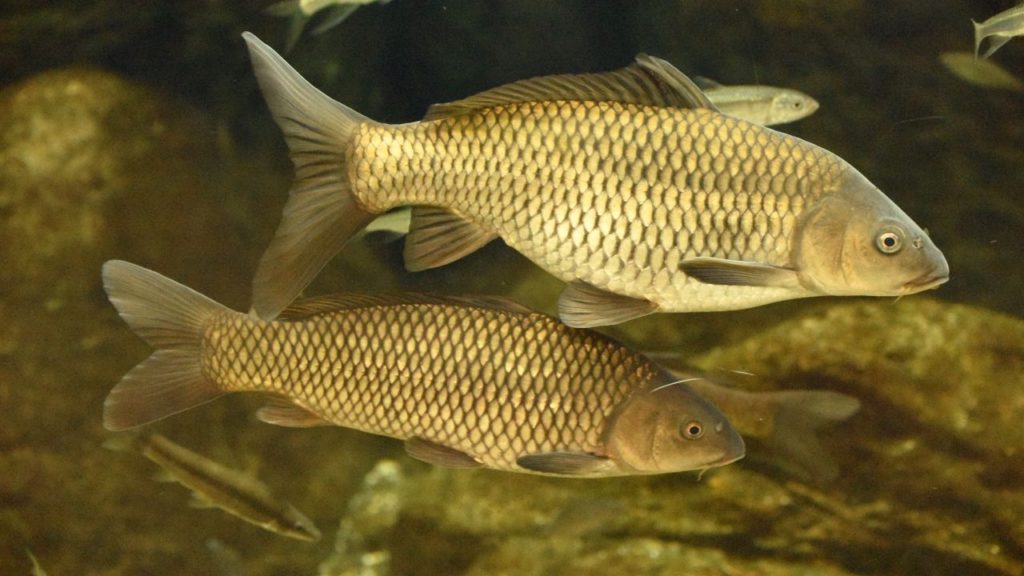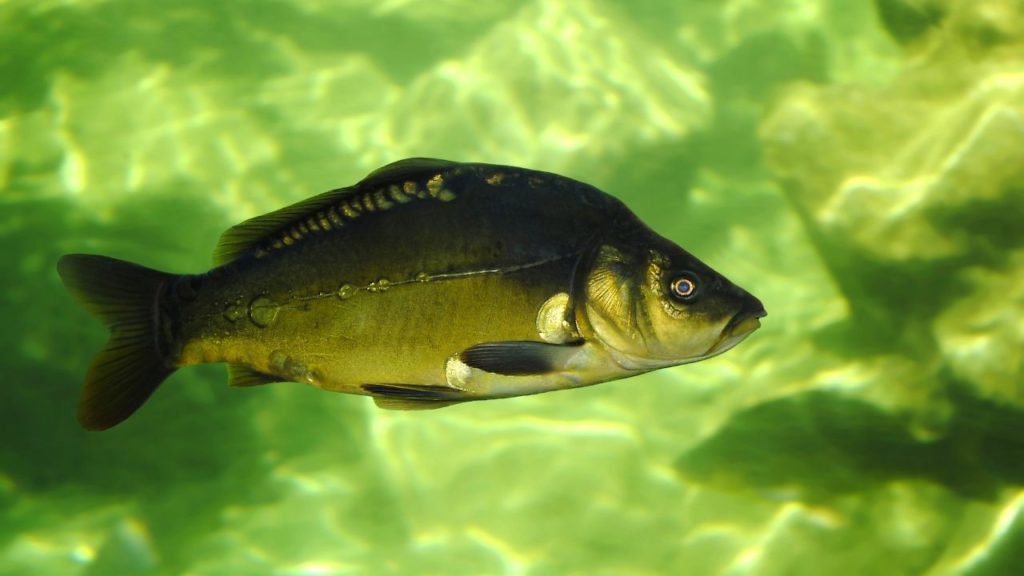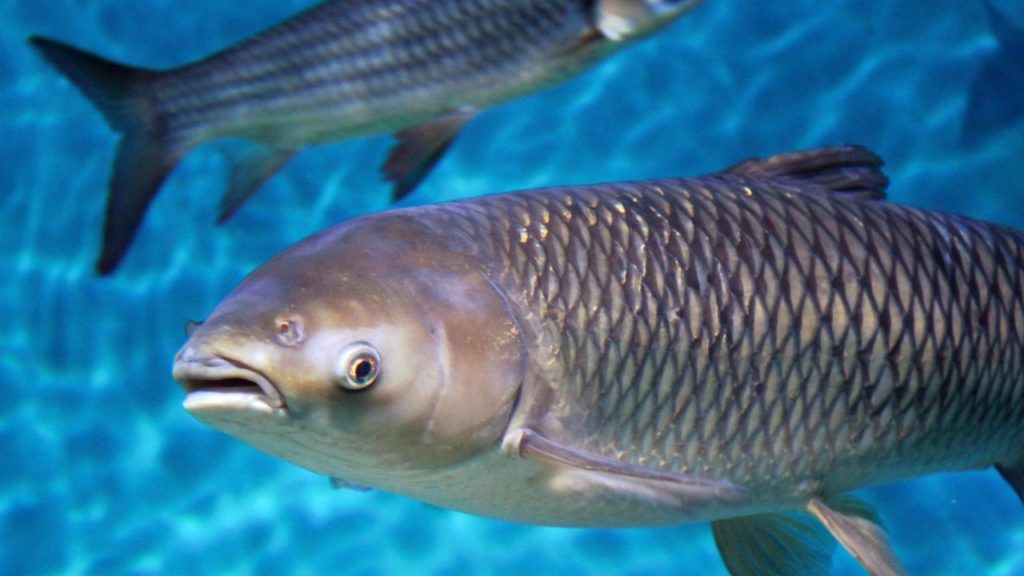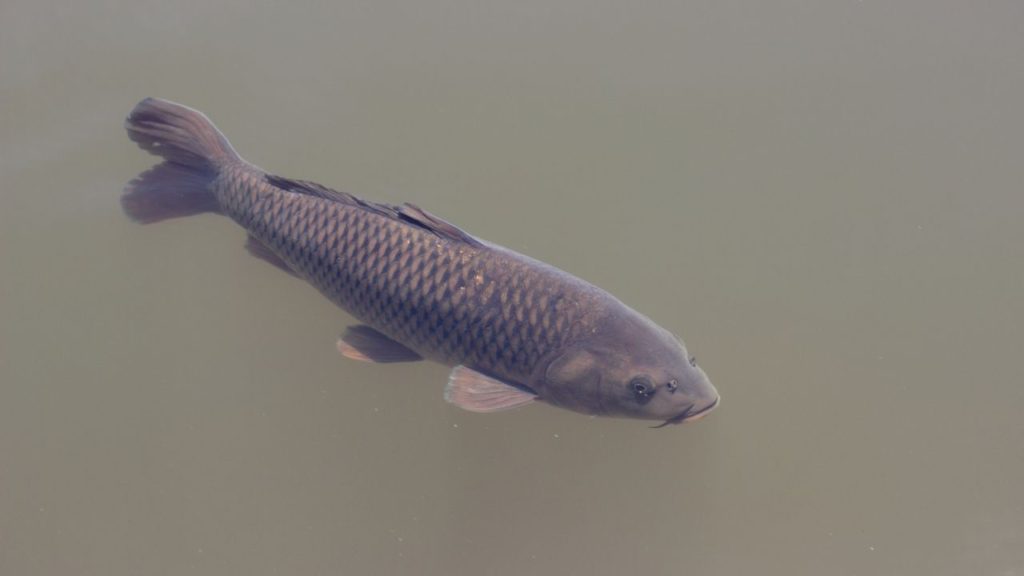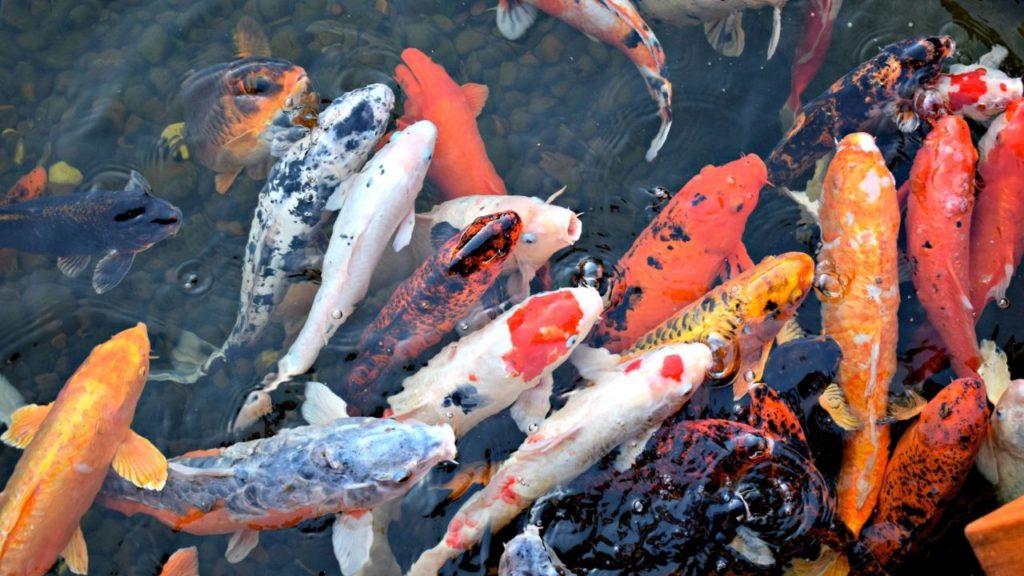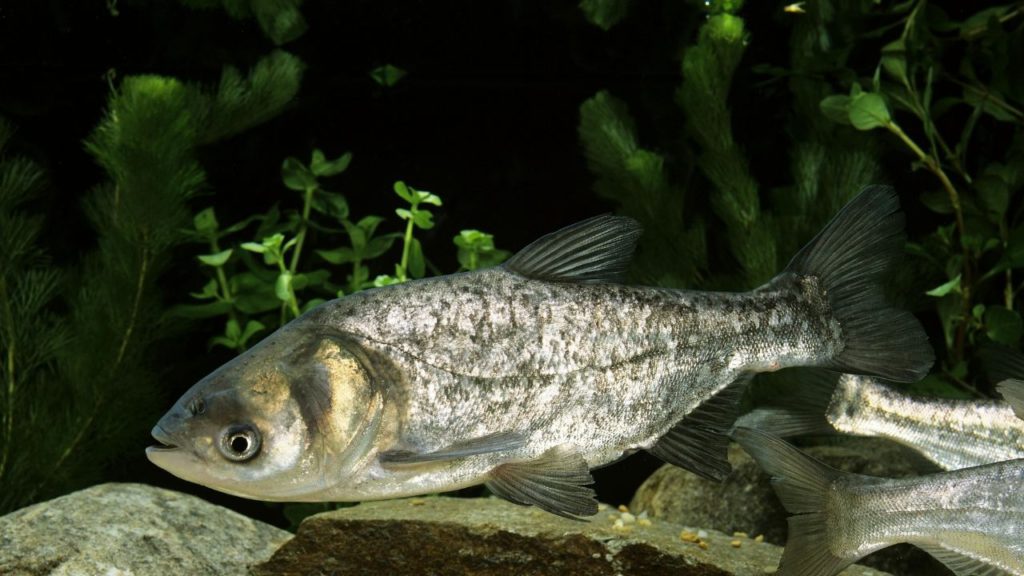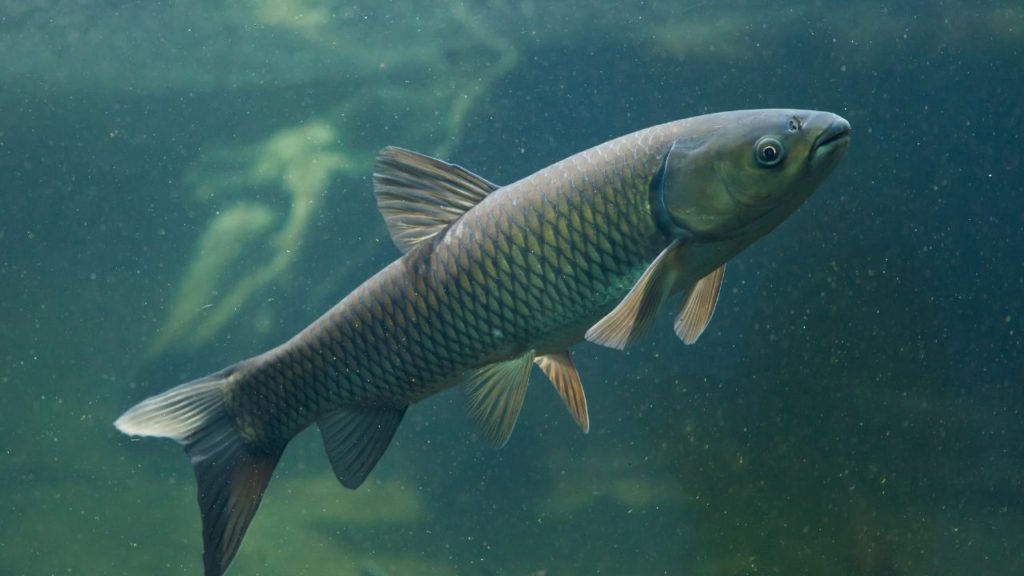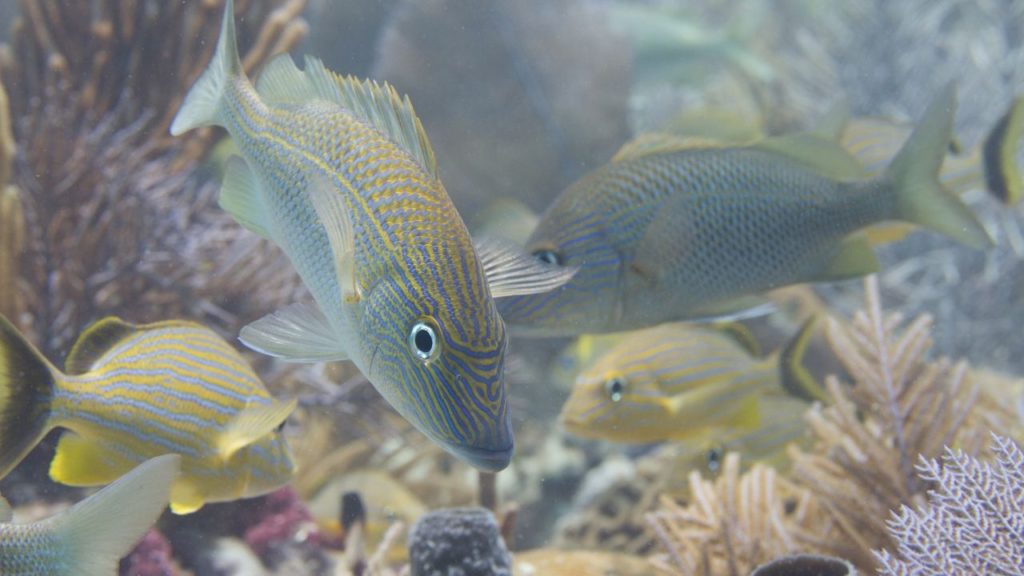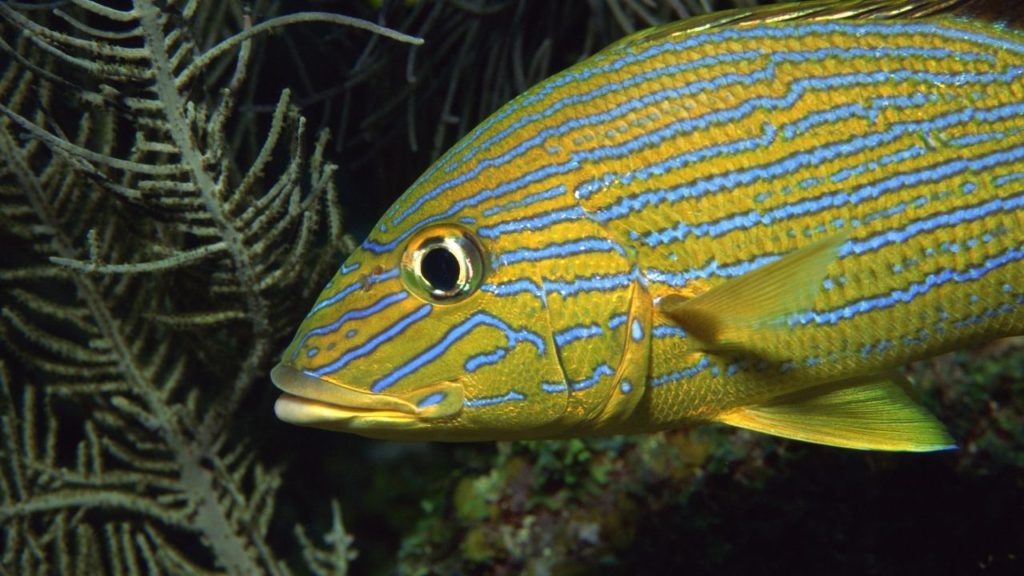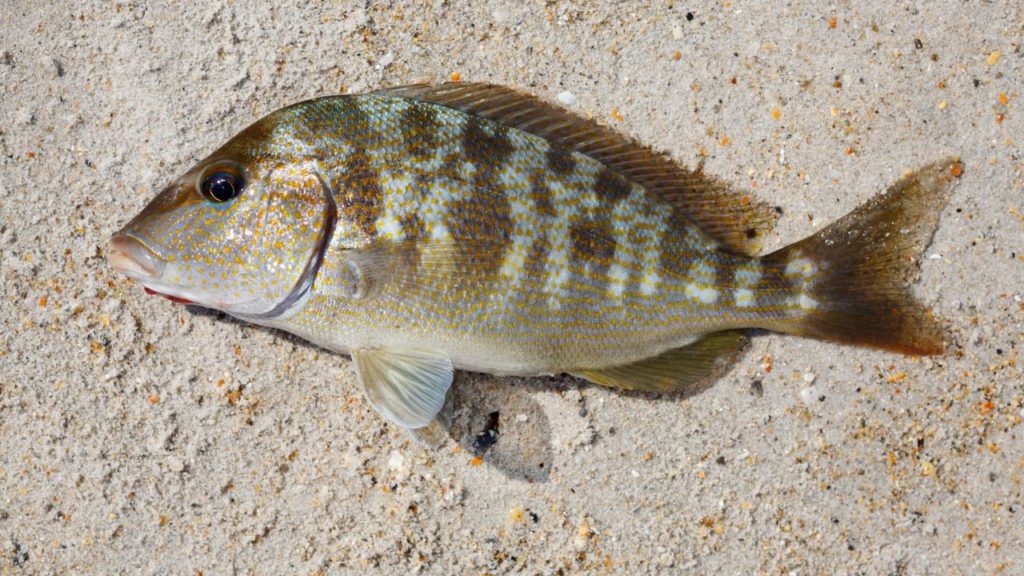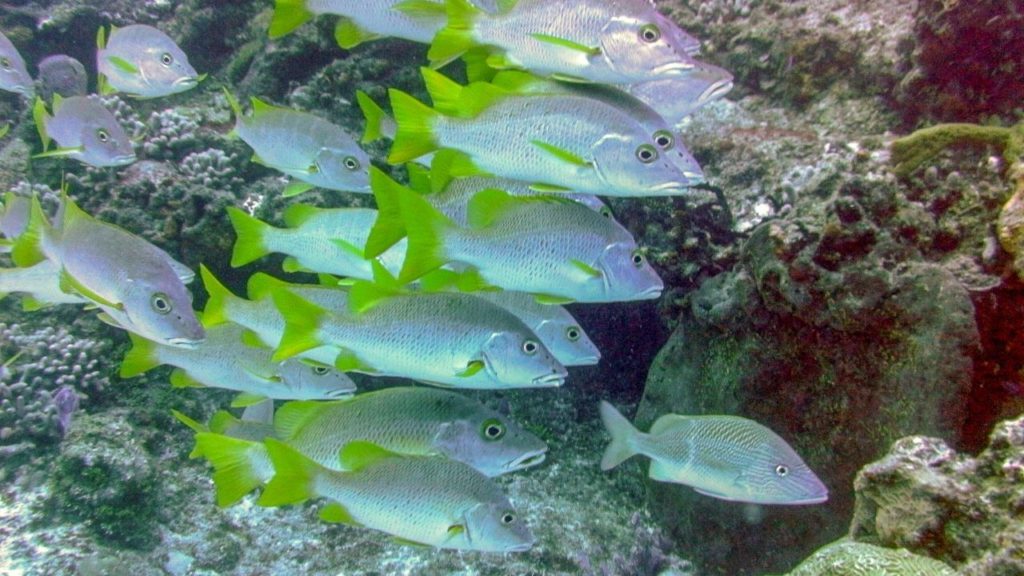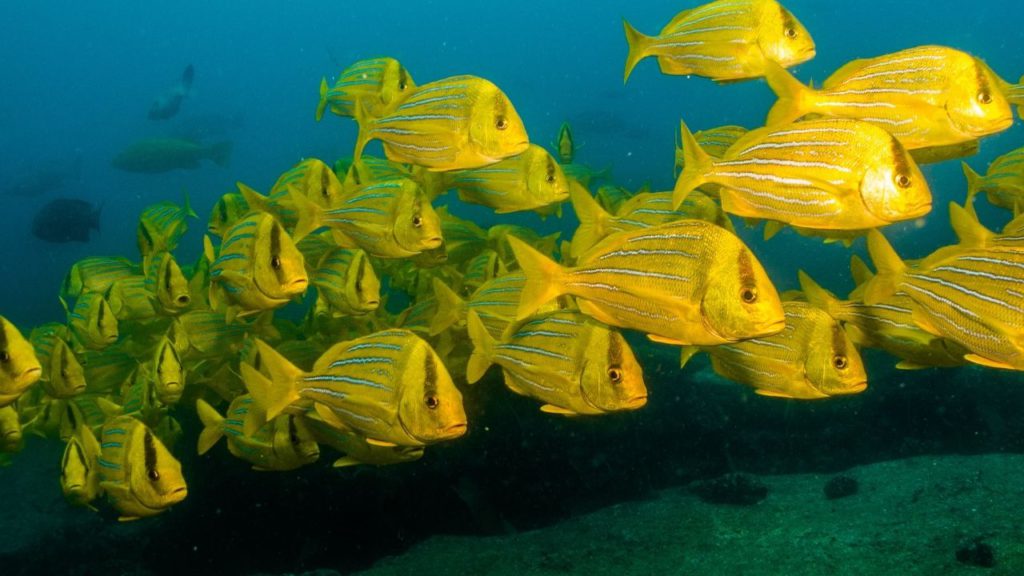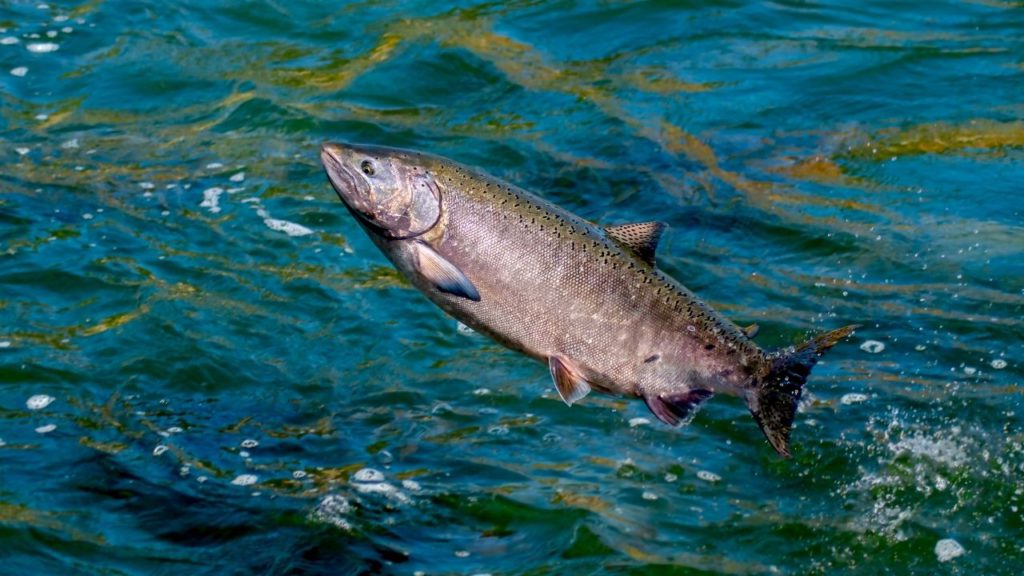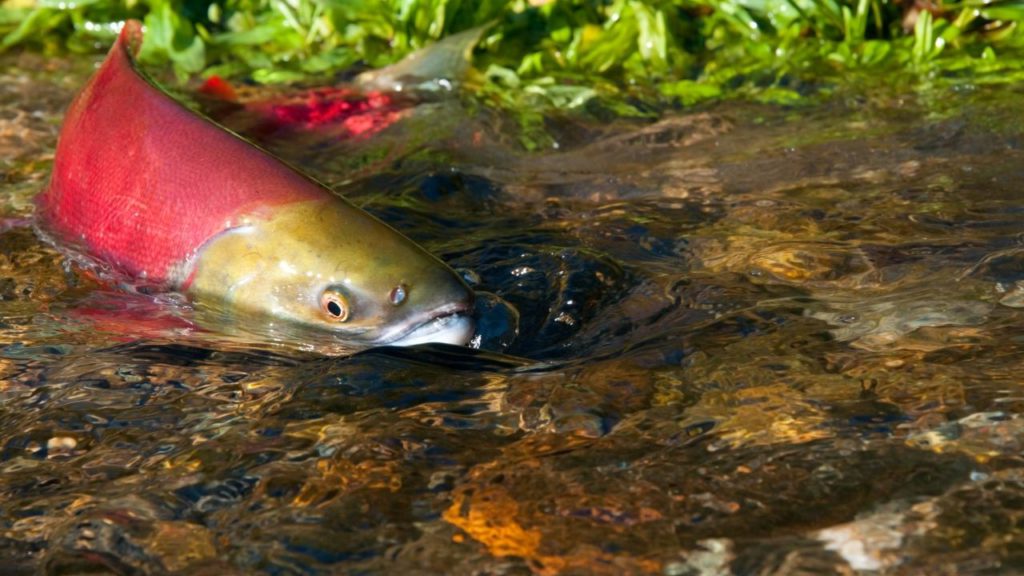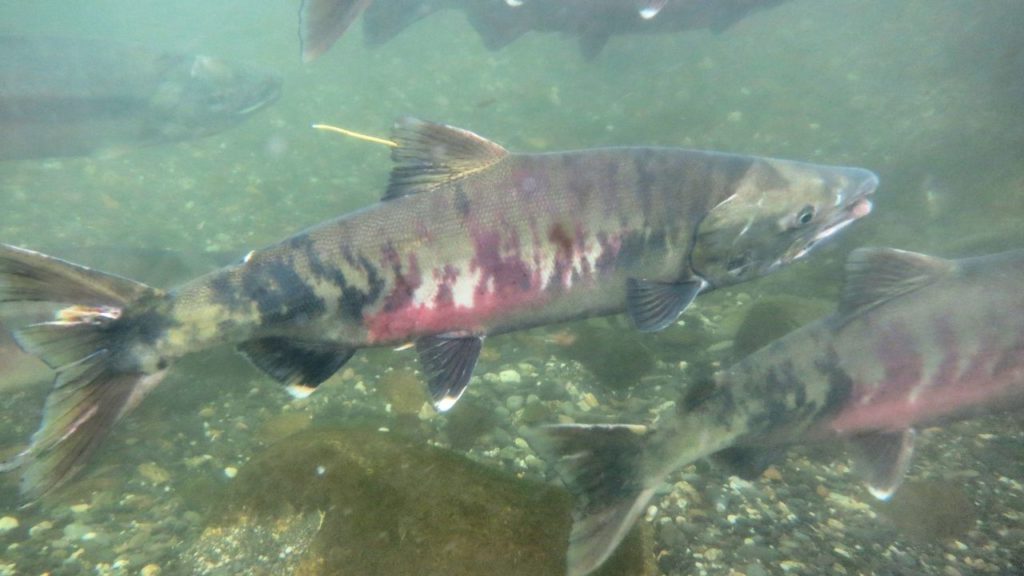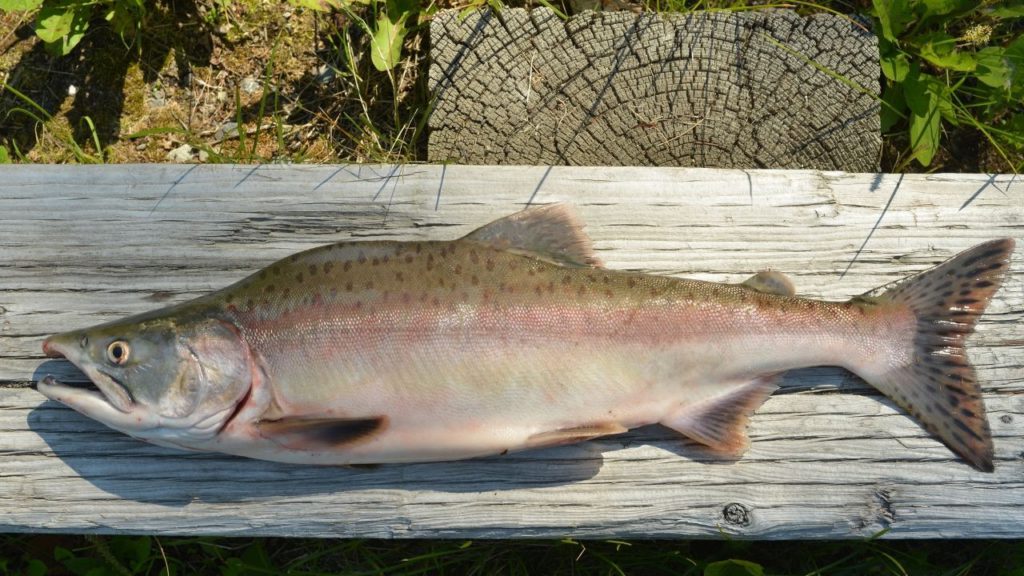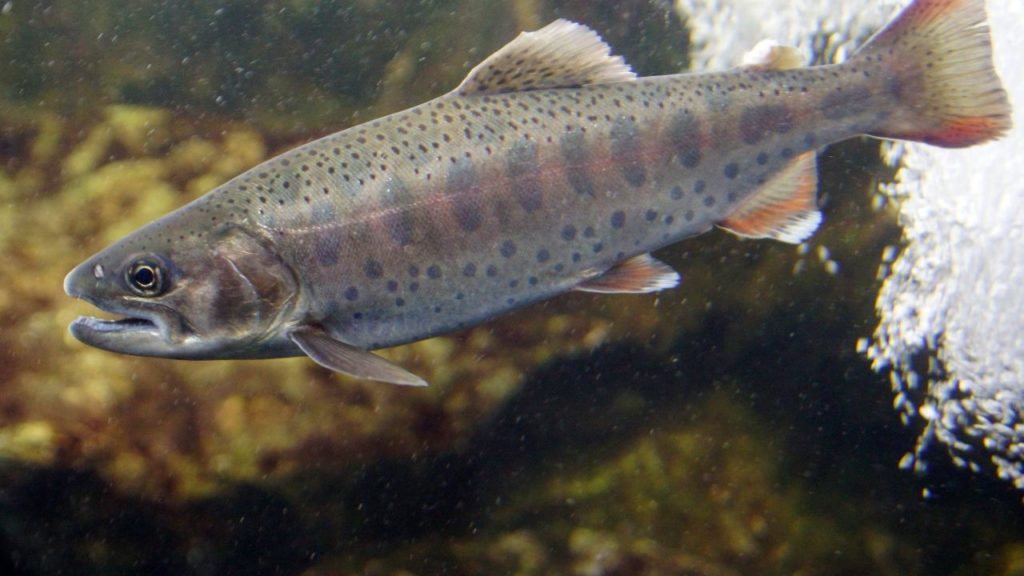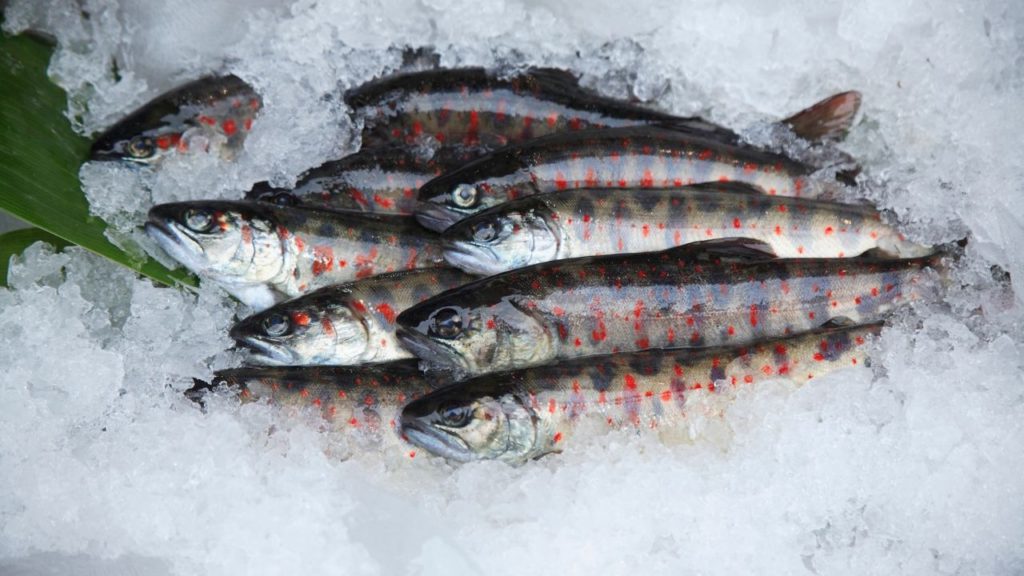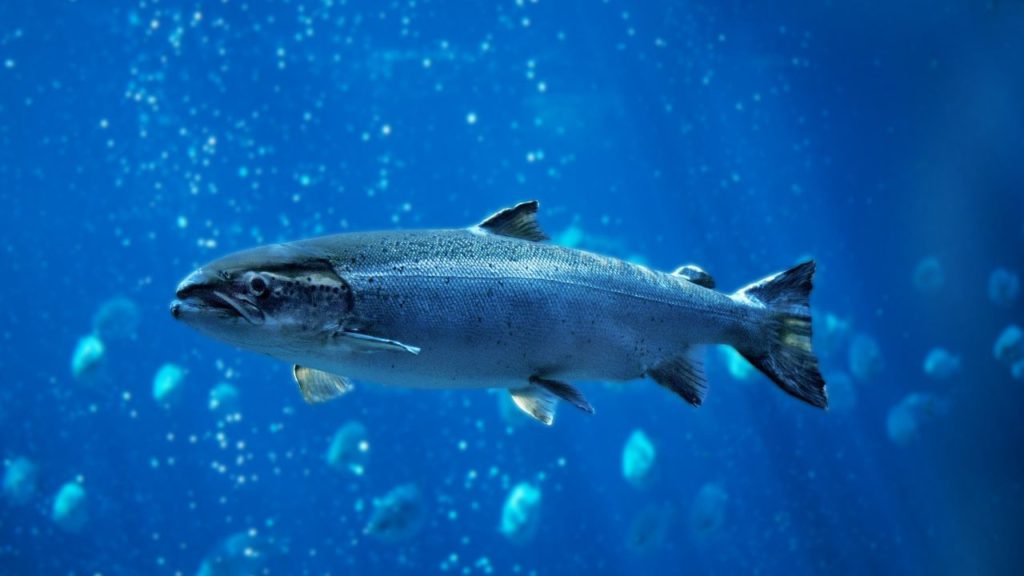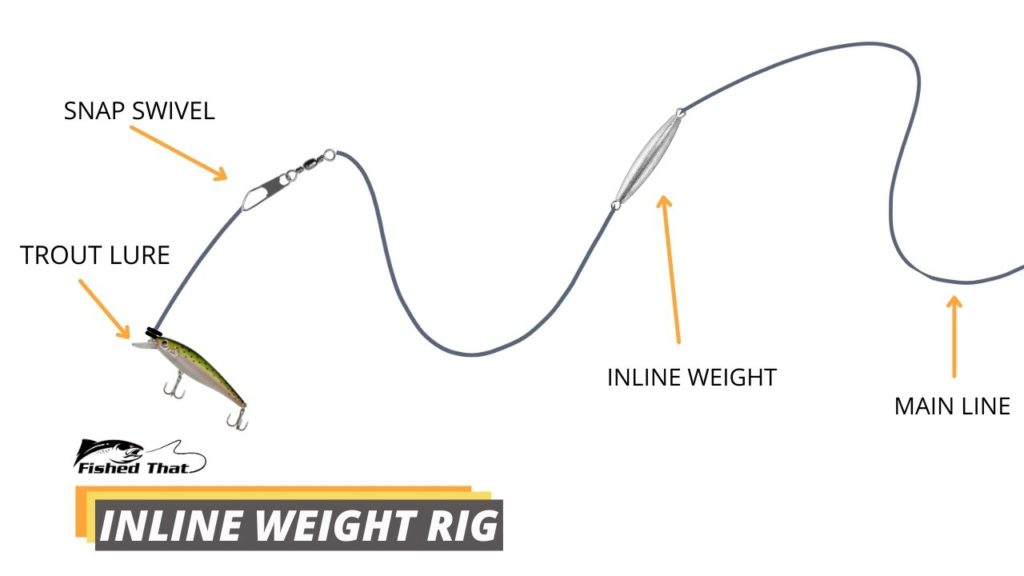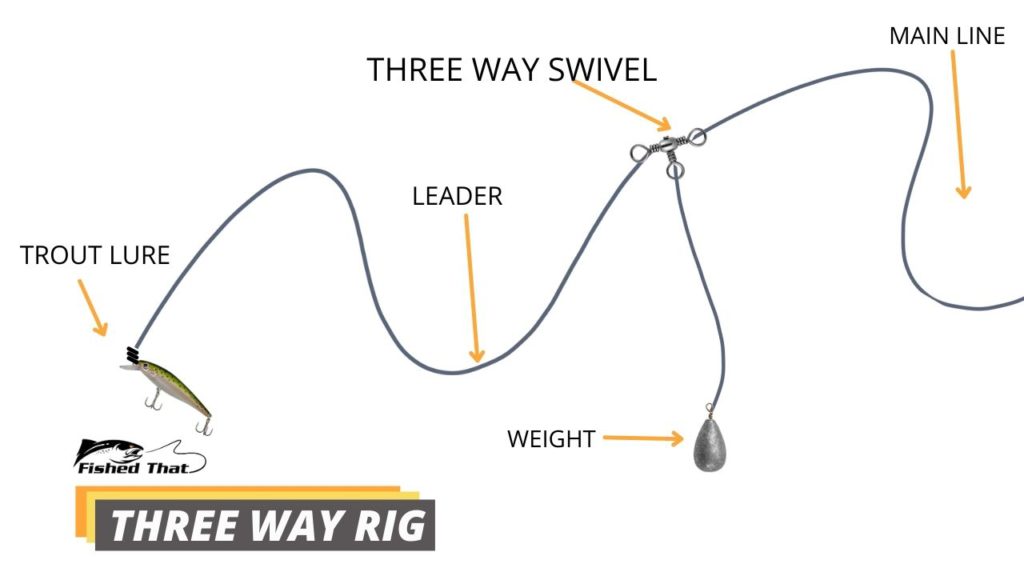There’s something magical about fly fishing. Maybe it’s the peacefulness of being out in nature or the challenge of trying to outsmart a wily fish. Whatever the reason, more people are being drawn to this unique sport. But where should you begin? Getting yourself a good fly fishing book is a great place to start.
What Is the Best Fly Fishing Book for Beginners?
You don’t need an exhaustive tome that covers everything there is to know about fly fishing (you can save that for later). You should look for a fly fishing book that will give you a solid foundation in the basics so you can hit the water with confidence. Here are seven of the best fly fishing books for beginners:
1. Simple Fly Fishing by Yvon Chouinard
Beginners will love this fly fishing book because it strips the sport down to its essentials. Clearly and concisely, Chouinard covers everything from choosing the right gear to casting techniques. He also includes a valuable section on fly fishing ethics!
Simple Fly Fishing is more relevant than ever with its revised second edition. The inspiring pictures, helpful illustrations, and Chouinard’s straight-talking style make this book a joy to read.
If you’re looking for a no-nonsense fly-fishing book, this is the one for you that will get you started on the right foot.

2. The Orvis Fly-Fishing Guide by Tom Rosenbauer
The Orvis Fly Fishing Guide will show you something new, even if you are an experienced or a novice fly fisherman.
Rosenbauer’s years of experience shine through on every page, and his advice is always spot-on. Moreover, the book’s step-by-step instructions and clear illustrations make it easy to follow, even if you’ve never fly-fished before.
With its wealth of information, The Orvis Fly Fishing Guide is an essential read for anyone interested in fly fishing. Additionally, there are other Tom Rosenbauer books that you should read, including:
- The Orvis Guide to Prospecting for Trout
- Orvis Guide to Beginning Fly Fishing
- The Orvis Fly-Tying Guide

3. The Total Fly Fishing Manual: 307 Essential Skills and Tips by Joe Cermele
If you’re looking to master the art of fly fishing, then The Total Fly Fishing Manual is the book for you.
It covers all of the essential skills and tips you need to know from the best anglers in saltwater and freshwater. You’ll learn when to change hooks, how to sneak up on more fish, and how to dominate the shoreline. You’ll also find out all of the secrets to finding the best spots.
Joe Cermele’s clear and concise instructions and over 300 hints from the experts will make you feel confident out on the water in no time. Whether you’re a beginner or an experienced angler, this book will teach you all of the techniques you need to know to be successful.

4. Fly Tying for Beginners by Peter Gathercole
Fly Tying for Beginners by Peter Gathercole is one of the best fly-fishing books for those who want to get into this fascinating sport. It includes detailed instructions and illustrations on how to tie flies and tips on choosing the right flies for different situations.
The book also features colorful photos of making the flies so that you can see the process in action. Fly Tying for Beginners will also teach you how to make:
- Streamers
- Bugs
- Nymphs
- Hairwings
- Dry flies
- Wet flies

5. Little Red Book of Fly Fishing by Kirk Deeter and Charlie Meyers
Kirk Deeter and Charlie Meyers are the dream team for fly fishing books. This book is an all-encompassing guide that will teach you everything from choosing the right fly to reading the water. It also highlights how you can fight your trophy fish and has a dedicated section on casting tips.
Little Red Book of Fly Fishing will serve anglers of all levels and help them to master the art of fly fishing. If you’re looking to learn about fly fishing or want a reference guide that you can keep coming back to, then the Little Red Book of Fly Fishing is excellent.

6. The History of Fly Fishing in Fifty Flies by Ian Whitelaw
The History Of Fly Fishing In Fifty Flies is a must-read for fly fishing enthusiasts. This book takes you on an exciting journey through the origins and evolution of fly fishing, told through the stories of fifty different flies.
Author Ian Whitelaw is a passionate fly fisherman himself, and his love for the sport shines through in this book. He weaves together tales of adventure, history, and science to better understand the flies that have come to define fly fishing.
The History Of Fly Fishing In Fifty Flies is not just a book for those interested in the sport of fly fishing; it is a book for anyone who loves a good story. Whether you are a beginner or a seasoned angler, this book will provide you with hours of enjoyment.

7. Fly-Casting Fundamentals by Lefty Kreh
If you want to learn the fundaments of fly casting, Lefty Kreh’s fly fishing book is a great place to start.
Lefty Kreh, a world-renowned authority on fly fishing, takes readers step-by-step through the different casting techniques such as roll casting, curve casting, stack casting, tuck casting, and more. Even topics about how to control the line, how to false cast, and how to double haul are clearly explained with the help of step-by-step photographs and illustrations.
When you’re done with this book, you can also read Saltwater Fly Patterns, also by Lefty Kreh, to learn about the different fly patterns used for saltwater fishing.

Bonus: Other Fly-Fishing Books You Should Read
In addition to the fly-fishing books mentioned above, here are a few others that we think you’ll enjoy:
1. Where the Trout Are as Long as Your Leg by John Gierach
Fly fishing legend John Gierach‘s Where the Trout Are as Long as Your Leg by John Gierach is a collection of some of his best essays on the sport.
Gierach takes the reader on a journey through the rivers and streams of America, sharing his insights and observations on fly fishing, nature, and life. He evokes a sense of wonder and nostalgia in the reader, and his writing will leave you wanting to head out to the river for a day of fishing.
His other great essays include:
- Trout Bum
- All Fishermen Are Liars
- Dumb Luck and the Kindness of Strangers
- A Fly rod of your own
- Sanding in the river waving a stick

2. The Feather Thief by Kirk Wallace Johnson
The act of fly fishing is often described as a dance. The angler and the fish are in constant motion, trying to outwit the other. The angler casts their line, allowing the fly to float downstream before gently reeling it in, hoping to lure a fish into biting.
In The Feather Thief, Kirk Wallace Johnson tells the story of fly fishing from a different perspective. This book is about the art of fly fishing and the people who create the flies that anglers use. The Feather Thief is a fascinating look at the little-known fly-tying world and the people who dedicate their lives to this intricate art.
You’ll meet master fly tiers, scientists, and historians who have a passion for fly fishing. This book will captivate anyone who loves fly fishing or anyone interested in the history and science of this ancient sport.

3. A River Runs Through It and Other Stories by Norman Maclean
Norman Maclean’s A River Runs Through It is one of the most well-known fly-fishing books. This semi-autobiographical novel gives the story of two brothers growing up in Montana and their shared love of fly fishing.
While the book does contain some technical information about fly fishing, it is primarily a work of fiction that captures the beauty and majesty of the sport. A River Runs Through It is one of the beginners’ best fly-fishing books. It provides a breakthrough into the world of fly fishing without overwhelming readers with too much technical information.
For a fly-fishing book that will educate and entertain, Maclean’s A River Runs Through It is a perfect choice.

4. Hemingway on Fishing by Ernest Hemingway
Hemingway was passionate about fishing from his childhood spent in Michigan and Ontario to his years spent in Key West and Cuba. This book is a collection of his musings on the sport from the perspective of both a novice and a seasoned fisherman. It is equal parts delightful and instructional, as Hemingway weaves together stories of his fishing escapades with tips on tackle, bait, and more. It’s also a celebration and an investigation of fly fishing.

5. The Longest Silence by Thomas McGuane
If you’re looking for a fly-fishing book that will keep you entertained from start to finish, look no further than The Longest Silence by Thomas McGuane.
Thomas McGuane, a master fly fisherman, takes you on a journey through the ups and downs of fly fishing, both literally and figuratively. The Longest Silence has many helpful tips and tricks for fly fishing success and beautiful descriptions of the scenery and wildlife that accompanies the sport.

Start Mastering Fly Fishing
Fly fishing can be intimidating at first. Hopefully, our list of the best fly fishing books can push you to start and try the sport. Let us know in the comments which of the books above have piqued your interest.
Table of Contents


